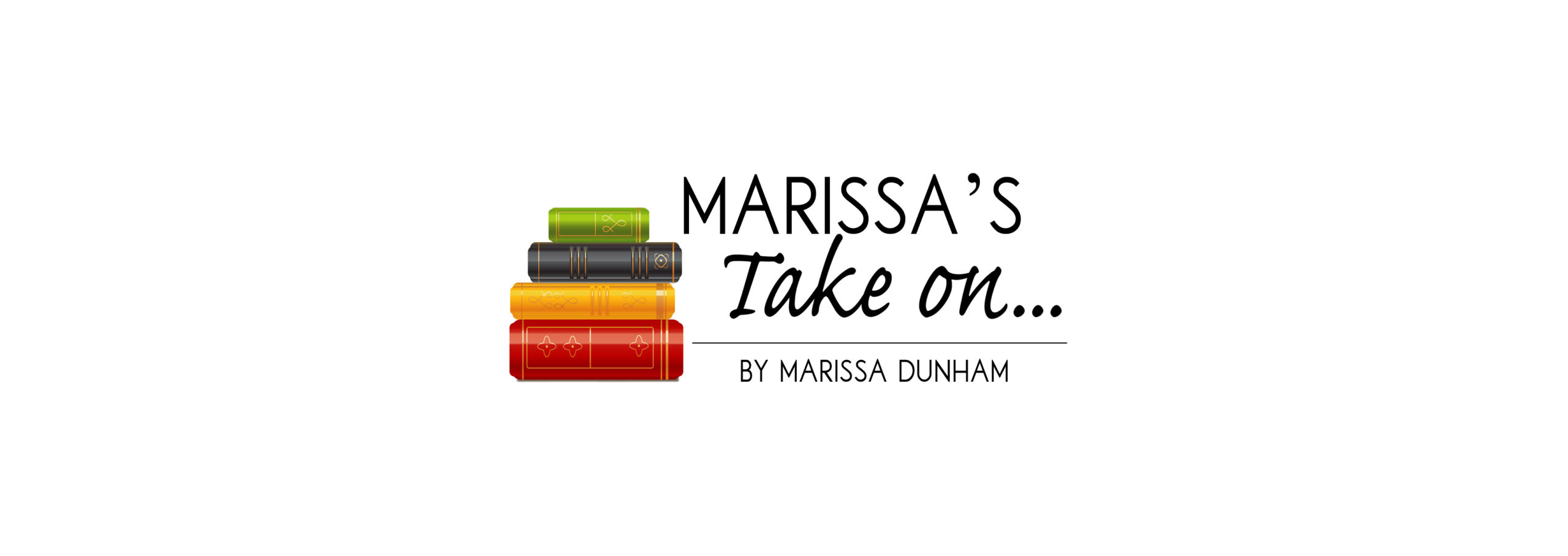By Marissa Dunham //
Reference books for creative writers and writers of nonfiction are sadly forgotten friends on recommended book lists. And I thought why not give them the spotlight for a change?
The books recommended today are all about helping the writer with the little things. They will be well within budget—no DSM-Vs or fancy encyclopedia sets or expensive medical books only doctors can read—though I was very tempted to include one or two.
What can you do with these books?
- quick lookups
- save time during the editing phase
- generate ideas for when you feel stuck
- jumpstart emotion words so you’re not staring at a blank page for hours
- fact check and prepare your research notes/worldbuilding
Here are the five!
- The Elements of Style by William Strunk Jr. and E.B. White
A book on style and grammar, this is a pocket-sized cheat book for writers of any genre. The content is straightforward, to the point, and easy to navigate. It’s a must since 1918 (with plenty of updated editions for the modern writers’ needs). - The Emotion Thesaurus: A Writer’s Guide to Character Expression (Second Edition) by Angela Ackerman and Becca Puglisi
Ever feel like your words fall flat the day you have to write the crucial emotional scene in your story and you just feel stuck? Emotions are difficult to communicate in the real world, let alone on the page. They are mired by abstraction and out of reach because your brain—with the best of intentions—is trying to protect you from feeling those deep emotions and getting hurt, even though you need to feel them for your story. Sometimes to get through that natural barrier you need a resource to guide you through. The Emotion Thesaurus is a handy reference book for discovering the right emotion words when you need them. Inside you’ll find a list of emotion words, explanations for how emotion impacts characters and the reader, and more. The book is about 302 pages and is an inspirational resource. - Merriam-Webster’s Collegiate Dictionary
The fun thing with this dictionary is that it’s recommended by The Chicago Manual of Style (see CMOS 7.1), a common style book used in publishing, and there’s a free app of Merriam-Webster for your phone. - Howdunit Forensics: A Guide for Writers by D.P. Lyle
Readers are very careful to follow the clues in a mystery. One missed fact can take the reader out of the story quickly. This book has come recommended to me from a good friend in the mystery genre. Over roughly 450 pages, D.P. Lyle covers fingerprinting, crime scene reconstruction, the history and organization of modern forensics, as well as the basics of what the body can tell us about the cause of death. Whether you write cozy mysteries or have an element of danger or a murder subplot, this book will help you create a believable scenario your fans will appreciate to the end. - The Writer’s Complete Fantasy Reference
Published by Writer’s Digest Books, the focus of this reference book for writers is fantasy. It excels in witches, castles, and European medieval lore. The book is about 288 pages, and while not a complete list of every fantasy topic, is a great resource to have for world building and research.
Marissa’s Take Practice Exercise: Write What You Know
Freewrite everything you know about the current main character of your work in progress.
If you’re in between projects or are just starting out, freewrite everything you know about the moon—including legends and folklore.

MARISSA DUNHAM is a writer and freelance editor. She spent the early part of her career in educational publishing, but now spends most of her time editing literary fiction, magical realism, and middle grade fiction. She lives in Southern California, where she enjoys bringing new life into the world by planting tomatoes and flowers in the garden.

